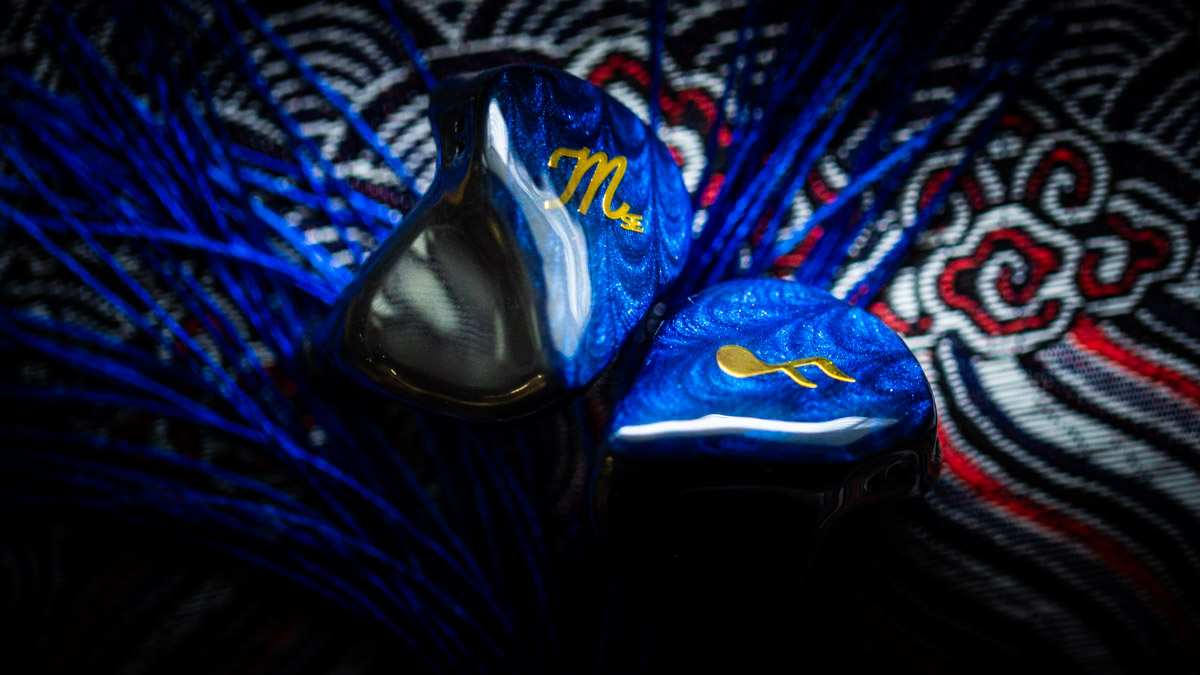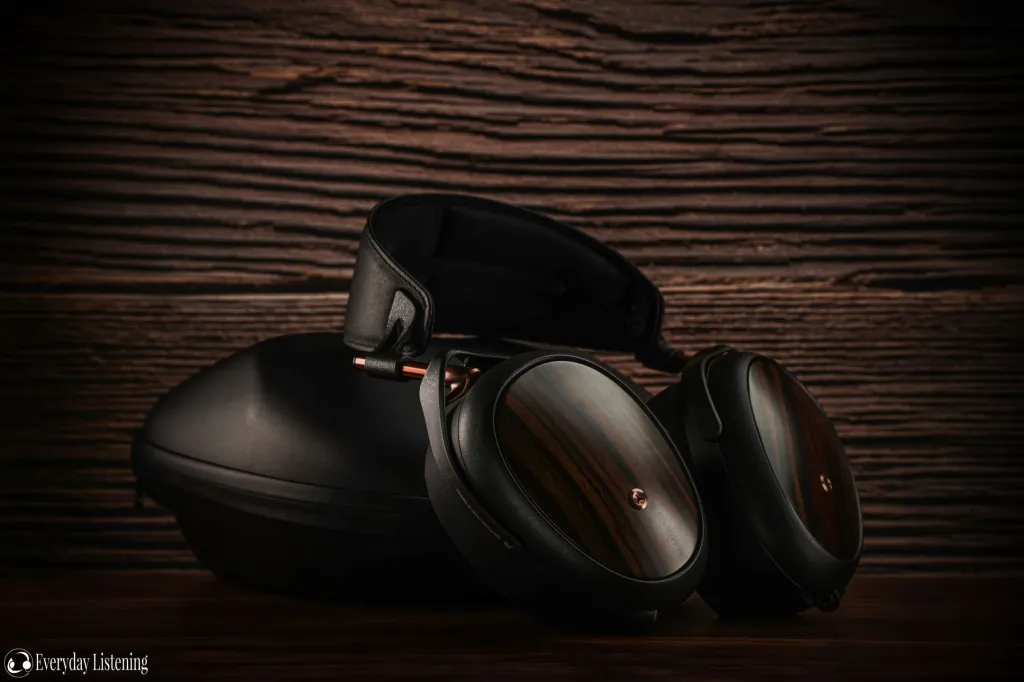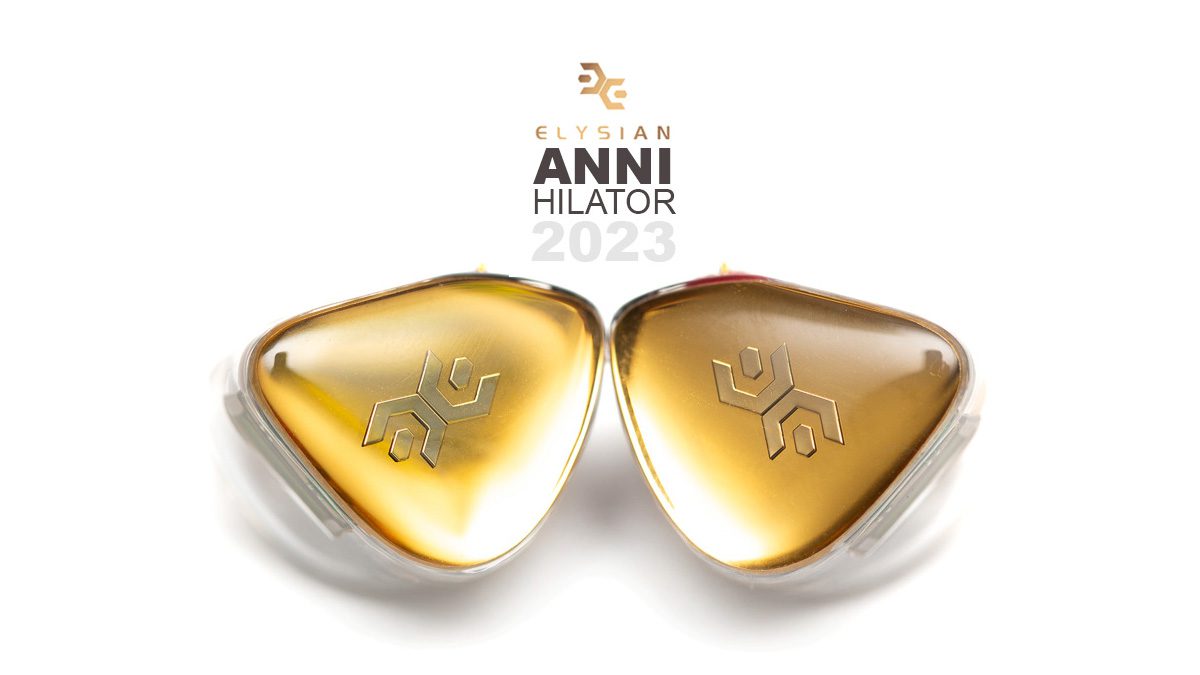I’d like to thank Aaron, Ben, and the FatFreq team for setting us up with a review sample of the Maestro SE. We truly appreciate your support!
Introduction
I’m not sure if Singapore-based FatFreq set out to stake their reputation on the uniquely bold bass response of their IEMs, but the name suggests this could be the case.
In truth I knew very little about this small, boutique company that’s been offering IEM repair and maintenance services for several years now, and which only recently started turning Western audiophile heads with some audaciously-tuned IEMs of their own.
One of those IEMs, Maestro SE (MSE), could be said to be FatFreq’s ‘big break’, at least in the audio communities I frequent. Released alongside its smaller sibling, Maestro Mini, both Mini and the ‘Special Edition’ have this one big party trick that got everyone talking: a +20dB sub-bass shelf that towers over their frequency graphs like a proverbial cliff.
While I can’t speak for the Mini, what makes MSE really special is not that it satisfies my guilty pleasure for clubfloor subwoofer bass better than any other IEM I’ve ever heard, at any price, but that it does so while presenting – if you can believe it – an almost perfectly balanced tuning that shines almost as much light on the entire range as it does on its gloriously muscular bass bulge.
If you want a TL;DR, what you’ve read so far will probably do.
But I encourage you to read on, because this anomaly of an IEM has many more layers to uncover and explore – both good and, occasionally, not so good. It’s an IEM that, when it hits, will likely capture your heart and make you never want to stop, but one that can also be frustratingly tricky to use, and fine-tune to your preferences.

Technical brief
Maestro SE is a 12-driver-per-side tribrid, featuring a combination of a single dynamic driver (presumably a massive one), seven balanced armature drivers, and quad electrostats.
FatFreq doesn’t publish too much information on the actual spec, crossovers, or which drivers are assigned to which frequency ranges, but it’s fair to assume the dynamic driver takes care of bass frequencies, the BAs cover mids and highs, and the e-stats handle ultra-highs. There’s bound to be more to it than that, but that’s all I have to go on.
I’m yet to see any sensitivity or distortion stats, but I can tell you that MSE is one of the least sensitive/hardest to drive IEMs I’ve used to date. I’ve used insensitive headphones with giant drivers that are easier to drive than MSE, so without question you’ll need a powerful source to get them performing like they can and should.
Underpowered, MSE will sound limp, with loose bass and peaky treble, but give them enough current and they’ll reward you with quality befitting and exceeding their price point, lofty as it at $1,900 when I last checked. The flipside, of course, is that you’ll never hit a noise floor with these IEMs, even on powerful sources.
To that end, while you might get them loud enough direct from a phone, you really should be using a portable music player with balanced output power nearing half a watt, and preferably more. External amplification, either portable or desktop, will not be wasted on these either.
Most of my testing for this review was done with an iBasso DX300 MAX, which pushes 1.3kW into 32 ohms through its 4.4mm balanced port, and I still needed to turn the volume dial almost half way in high gain with most of my music.

FatFreq does detail a few interesting technologies that went into the making of MSE, including:
Bass Cannon, a patent-pending combination of proprietary dynamic woofers, bass chambers and acoustic filter networks that accounts for MSE’s ‘deepest-ever’ 20dB sub-bass shelf, which according to FatFreq (and confirmed by measurements) is concentrated below 200Hz with zero bleed into the midrange.
Linear impedance, which on paper seems to be similar to 64 Audio’s LiD (Linear Impedance Design) and CustomArt’s FIBAE (Flat Impedance Balanced Armature Earphone) technology that keeps the impedance of multiple driver types stable and consistent regardless of source. This is particularly useful for stage musicians who often plug their IEMs into high-impedance devices during live performances, and keeps the sound profile stable for accurate playback without the wild frequency swings often associated with impedance mismatch.
Sonar La Trompa, which, despite the fancy name, simply refers to the shape of the acoustic chambers, inspired by the exponential curvature design of the traditional French horn, which according to FatFreq results in better gain control and improved treble tonality via acoustics.
Phasealign, which matches the phase of multi-driver IEMs with acoustic delay using proprietary internal structures. FatFreq claims this helps to align the low, mid and high frequencies so that they reach your eardrum at the same time, improving coherency, accuracy and resolution in demanding stage and studio environments.

Continue to packaging and accessories…



